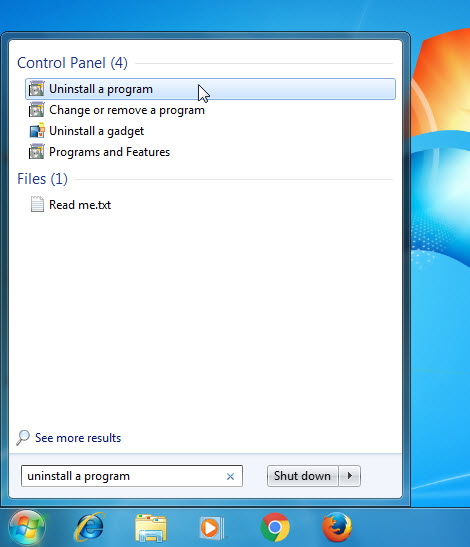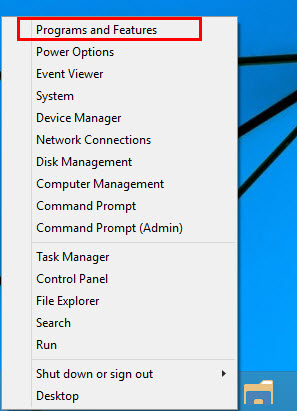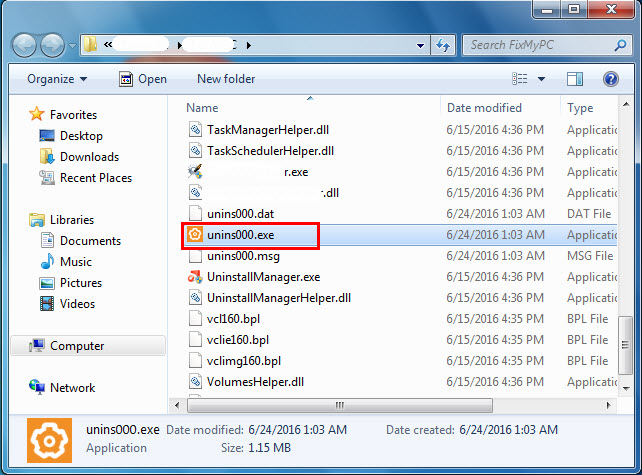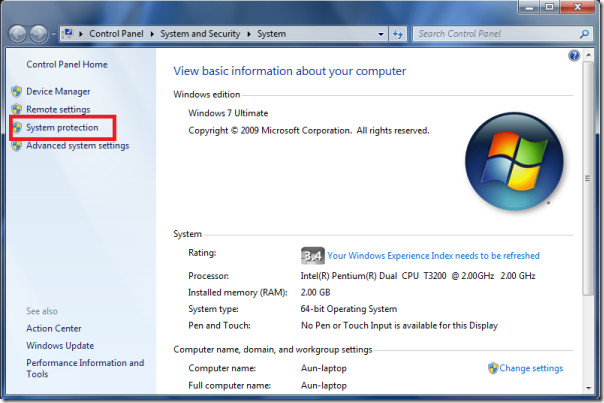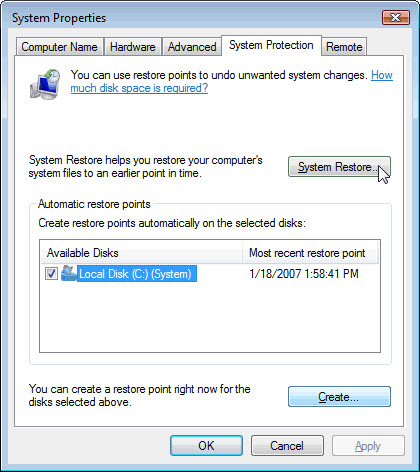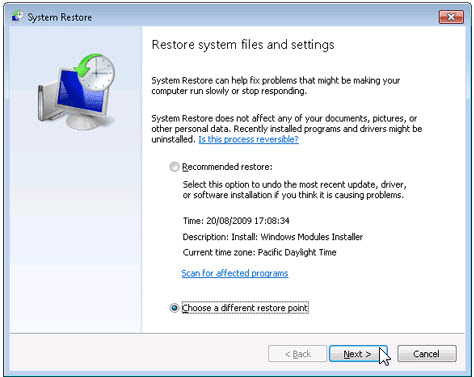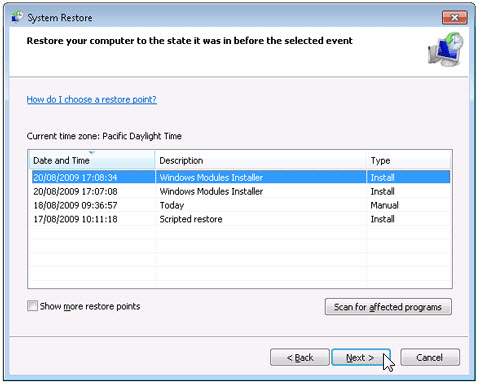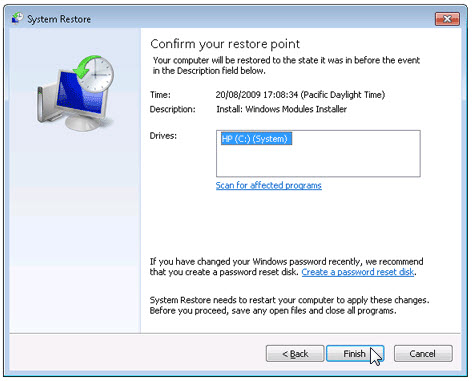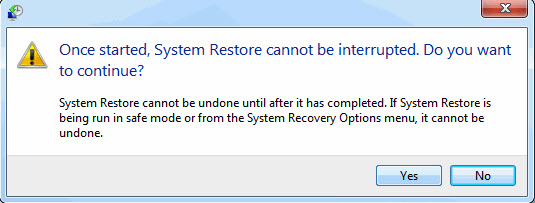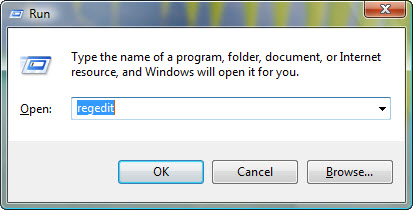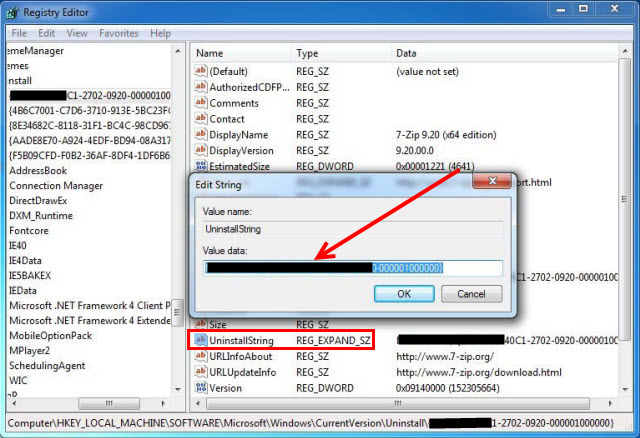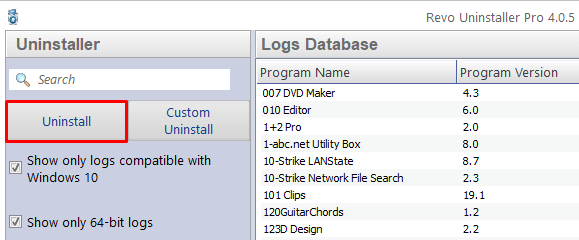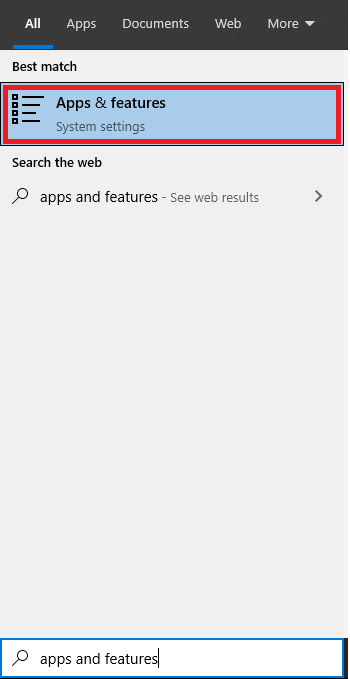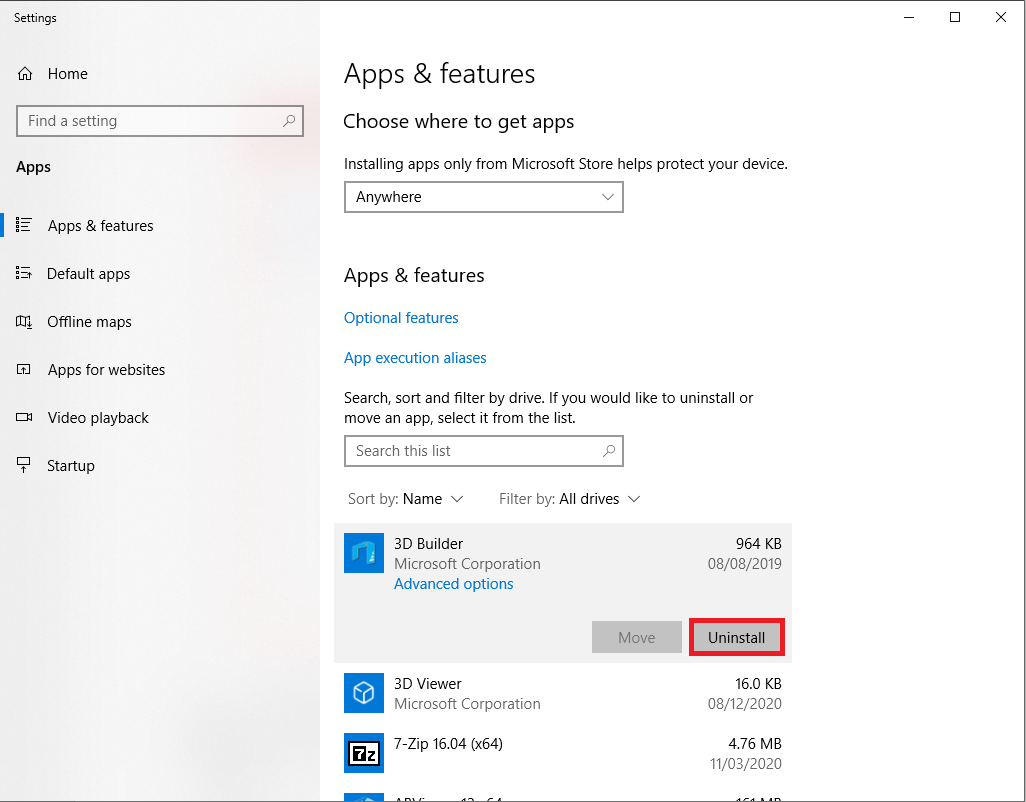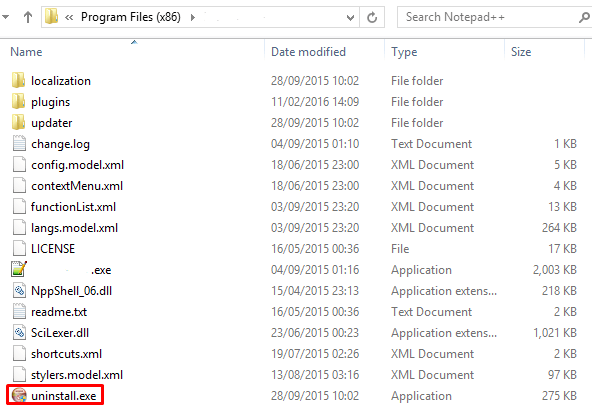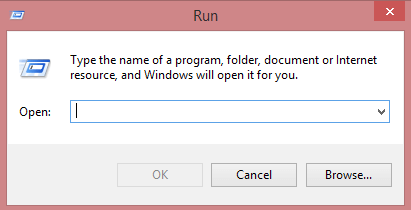Description
This article provides information regarding the uninstall of FortiClient software.
Scope
FortiClient
Solution
Uninstall of FortiClient software should match with the deployment method.
When installed manually:
If FortiClient was installed manually then the uninstall must also be manual.
Unlocked and Free VPN only clients:
— Shutdown from FortiTray — Right Click — Shutdown.
— Remove via Control Panel -> All Control Panel Items -> Programs and Features.
Only the unlocked clients can be shut down and will provide the option for Uninstall in Programs and Features. The locked client will only show an option for Change.
Note: If the option for Shut Down is greyed out, then the client is locked.
How to deregister and unlock FortiClient:
To uninstall FortiClient it needs to be disconnected from telemetry first (on the Compliance and Telemetry tab — disconnect). If the client show status registered, and do not provide the option for disconnect — contact the network administrator to deregister the client.
The disconnected client can be Unlocked — use unlock (lock icon on the left bottom corner), and unlock password if password protected (lock icon on the top right corner on a settings page).
The unlocked client can be uninstalled as previously explained.
FortiClient version 6.0.6-6.0.10 and 6.2.0-6.2.3 specific instructions:
Due to an internal issue, FortiClient will not show the shutdown option even after unlock. In this case add the following procedure:
Lock FortiClient with a new password via the lock icon on the top right corner on a settings page — then unlock it. After it, the ForitClient can be shutdown.
Uninstall Registered and password-protected FortiClient:
If being a network administrator, and unable to unregister FortiClient from FortiGate, EMS or manually, then use the FCRemove utility placed in FortiClientTools -> SupportUtils.
Make sure to have a valid support contract with Fortinet to be able to access the removal tool.
— Login to the Support Portal at support.fortinet.com and go to Download -> Firmware Images.
— Select FortiClient as a product and browse to the appropriate version (For example FortiClient/Windows/v5.00/5.4/5.4.3/).
— Download FortiClientTools.
— Inside the archive, find the FCRemove utility.
This tool should be only used if the normal uninstall option is not available.
It may require running the FCRemove tool in Windows Safe Mode.
When installed via FortiClient EMS
In this case, FortiClient EMS must be uninstalled via FortiClient EMS. If an attempt is made to uninstall manually, FortiClient EMS will push again the installation and FortiClient will be reinstalled.
The Installer must be removed from the FortiClient Profile -> System Settings -> FortiCient Installer setting.
When installed via GPO
The uninstall must be made via GPO Active directory, if an attempt is made to uninstall manually, GPO Active directory will push again the installation and FortiClient will be reinstalled.
For more information refer to the section ‘Uninstall FortiClient using Microsoft Active Directory server’ on page 47 of the FortiClient 5.4.3 Administration Guide.
Are you in need of uninstalling FortiClient SSL VPN to fix some problems? Are you looking for an effective solution to completely uninstall it and thoroughly delete all of its files out of your PC? No worry! This page provides detailed instructions on how to completely uninstall FortiClient SSL VPN.
Possible problems when you uninstall FortiClient SSL VPN
* FortiClient SSL VPN is not listed in Programs and Features.
* You do not have sufficient access to uninstall FortiClient SSL VPN.
* A file required for this uninstallation to complete could not be run.
* An error has occurred. Not all of the files were successfully uninstalled.
* Another process that is using the file stops FortiClient SSL VPN being uninstalled.
* Files and folders of FortiClient SSL VPN can be found in the hard disk after the uninstallation.
FortiClient SSL VPN cannot be uninstalled due to many other problems. An incomplete uninstallation of FortiClient SSL VPN may also cause many problems. So, it’s really important to completely uninstall FortiClient SSL VPN and remove all of its files.
How to Uninstall FortiClient SSL VPN Completley?
Method 1: Uninstall FortiClient SSL VPN via Programs and Features.
When a new piece of program is installed on your system, that program is added to the list in Programs and Features. When you want to uninstall the program, you can go to the Programs and Features to uninstall it. So when you want to uninstall FortiClient SSL VPN, the first solution is to uninstall it via Programs and Features.
Steps:
a. Open Programs and Features.
Windows Vista and Windows 7
Click Start, type uninstall a program in the Search programs and files box and then click the result.
Windows 8, Windows 8.1 and Windows 10
Open WinX menu by holding Windows and X keys together, and then click Programs and Features.
b. Look for FortiClient SSL VPN in the list, click on it and then click Uninstall to initiate the uninstallation.
Method 2: Uninstall FortiClient SSL VPN with its uninstaller.exe.
Most of computer programs have an executable file named uninst000.exe or uninstall.exe or something along these lines. You can find this files in the installation folder of FortiClient SSL VPN.
Steps:
a. Go to the installation folder of FortiClient SSL VPN.
b. Find uninstall.exe or unins000.exe.
c. Double click on its uninstaller and follow the wizard to uninstall FortiClient SSL VPN.
Method 3: Uninstall FortiClient SSL VPN via System Restore.
System Restore is a utility which comes with Windows operating systems and helps computer users restore the system to a previous state and remove programs interfering with the operation of the computer. If you have created a system restore point prior to installing a program, then you can use System Restore to restore your system and completely eradicate the unwanted programs like FortiClient SSL VPN. You should backup your personal files and data before doing a System Restore.
Steps:
a. Close all files and programs that are open.
b. On the desktop, right click Computer and select Properties. The system window will display.
c. On the left side of the System window, click System protection. The System Properties window will display.
d. Click System Restore and the System Restore window will display.
e. Select Choose a different restore point and click Next.
f. Select a date and time from the list and then click Next. You should know that all programs and drivers installed after the selected date and time may not work properly and may need to be re-installed.
g. Click Finish when the «Confirm your restore point» window appears.
h. Click Yes to confirm again.
Method 4: Uninstall FortiClient SSL VPN with Antivirus.
Nowadays, computer malware appear like common computer applications but they are much more difficult to remove from the computer. Such malware get into the computer with the help of Trojans and spyware. Other computer malware like adware programs or potentially unwanted programs are also very difficult to remove. They usually get installed on your system by bundling with freeware software like video recording, games or PDF convertors. They can easily bypass the detection of the antivirus programs on your system. If you cannot remove FortiClient SSL VPN like other programs, then it’s worth checking whether it’s a malware or not. Click and download this malware detect tool for a free scan.
Method 5: Reinstall FortiClient SSL VPN to Uninstall.
When the file required to uninstall FortiClient SSL VPN is corrupted or missing, it will not be able to uninstall the program. In such circumstance, reinstalling FortiClient SSL VPN may do the trick. Run the installer either in the original disk or the download file to reinstall the program again. Sometimes, the installer may allow you to repair or uninstall the program as well.
Method 6: Use the Uninstall Command Displayed in the Registry.
When a program is installed on the computer, Windows will save its settings and information in the registry, including the uninstall command to uninstall the program. You can try this method to uninstall FortiClient SSL VPN. Please carefully edit the registry, because any mistake there may make your system crash.
Steps:
a. Hold Windows and R keys to open the Run command, type in regedit in the box and click OK.
b. Navigate the following registry key and find the one of FortiClient SSL VPN:
HKEY_LOCAL_MACHINESOFTWAREMicrosoftWindowsCurrentVersionUninstall
c. Double click on the UninstallString value, and copy its Value Data.
d. Hold Windows and R keys to open the Run command, paste the Value Data in the box and click OK.
e. Follow the wizard to uninstall FortiClient SSL VPN.
Method 7: Uninstall FortiClient SSL VPN with Third-party Uninstaller.
The manual uninstallation of FortiClient SSL VPN requires computer know-how and patience to accomplish. And no one can promise the manual uninstallation will completely uninstall FortiClient SSL VPN and remove all of its files. And an incomplete uninstallation will many useless and invalid items in the registry and affect your computer performance in a bad way. Too many useless files also occupy the free space of your hard disk and slow down your PC speed. So, it’s recommended that you uninstall FortiClient SSL VPN with a trusted third-party uninstaller which can scan your system, identify all files of FortiClient SSL VPN and completely remove them. Download this powerful third-party uninstaller below.
FortiClient is specially designed to maximize your web surfing experience with several real-time protection methods.
Are you having trouble uninstalling FortiClient?
Are you looking for a solution that will completely uninstall and remove all of its files from your computer?
This guide will provide you with detailed instructions and all the information that you require to remove and uninstall
FortiClient.
What usually makes people to uninstall FortiClient
It seems that there are many users who have difficulty uninstalling programs like FortiClient from their systems. Some experience issues during uninstallation, whereas other encounter problems after the program is removed.
These are the main reasons why FortiClient is uninstalled by users:
- The program is not compatible with other installed applications.
- The program crashes or hangs periodically/frequently.
- The program is not as good as the user expected.
- The program is being re-installed (uninstalled and installed again afterwards).
- The program is regarded by the user and/or some websites as a potentially malicious.
- The program is not listed in the Windows Settings or Control Panel.
- After removing the program, some of its related processes still run on the computer.
- Some traces of the program can still can be found on the computer.
- Removing process running for a long time and does not come to the end.
Possible problems that can arise during uninstallation of FortiClient
- The program’s built-in uninstaller does not start or does not operate properly.
- A file required for the uninstallation to complete could not be run.
- Due to an error, not all of the files were successfully uninstalled.
- Another process is preventing the program from being uninstalled.
There could be other causes why users may not be able to uninstall FortiClient. An incomplete uninstallation of a program may cause problems, which is why thorough removal of programs is recommended.
How to uninstall FortiClient completely
Method 1: Uninstall FortiClient with a third-party uninstaller.
-
1
Download and install Revo Uninstaller Pro — 30 days fully functional trial version
-
2
Start Revo Uninstaller Pro and open the module «Logs Database»
-
3
In the Search field type «FortiClient» and you will see all logs of «FortiClient» in the database compatible with your Windows Version.
-
4
Select the appropriate log by version from the list and press the «Uninstall» button from the toolbar
-
5
You will see few popping up windows showing the download and import of the log to your Revo Uninstaller Pro and then the main Uninstall dialog that shows the progress of the uninstall of FortiClient.
Method 2: Uninstall FortiClient via Apps and Features/Programs and Features.
-
1
Open the Start Menu and type Apps and Features
-
2
Look for FortiClient in the list and click on it. The next step is to click on uninstall, so you can initiate the uninstallation.
Method 3: Uninstall FortiClient with its uninstaller.exe.
Most of the computer programs have uninstall.exe or uninst000.exe in their installation folders. You need to execute these files in order to start the uninstallation process. Here are the steps:
-
1
Go to the installation folder of FortiClient. Most of the times it is located in C:Programs files or C:Program files(x86)
-
2
Locate uninstall.exe or uninst000.exe
-
3
Double click the file to start the uninstallation process.
Method 4: Uninstall String with Run
-
1
Hold the Windows + R keys to open the Run command.
-
2
this uninstallation string
MsiExec.exe /X{92CBFA29-7A5F-4EBF-8EB1-627FC3DBFA7C}and paste it in the Run command window and click OK.
-
3
Follow the instructions to complete the uninstallation.
Available logs
FortiClient 5.6 on Windows 7 64-bit
FortiClient 5.6 on Windows 7 32-bit
FortiClient 5.6 on Windows 8.1 64-bit
FortiClient 5.6 on Windows 8.1 32-bit
FortiClient 5.6 on Windows 10 64-bit
FortiClient 5.6 on Windows 10 32-bit
Related programs
No related products
We use cookies to improve content and ensure you get the best experience on our website.
By continuing to browse our website you agree to our privacy policy.
For more information please view our Privacy & Cookie Policy
← Предыдущая тема
Все темы
Следующая тема →
Eskander
пишет:
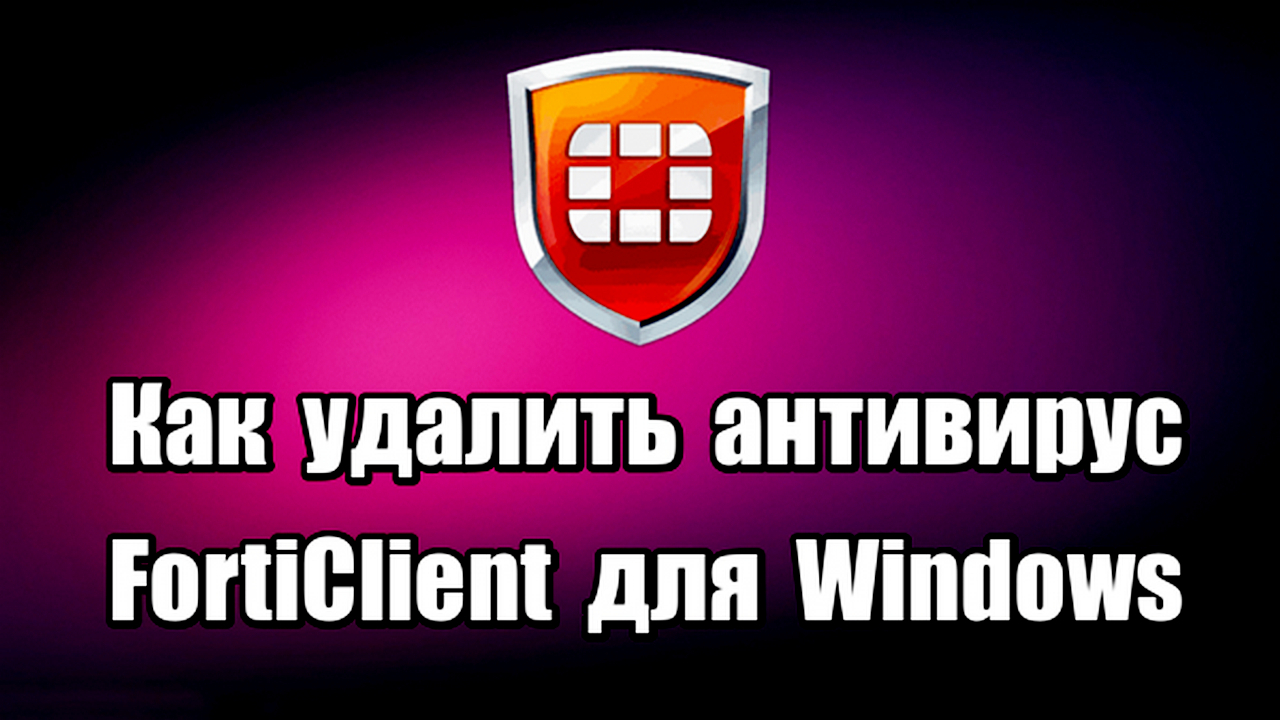
Вступите в группу, и вы сможете просматривать изображения в полном размере
|
Это интересно 0 |
||||
Eskander
04.06.2019
В избранное
Пожаловаться
Просмотров: 3832
Комментарии 0
← Предыдущая тема
Все темы
Следующая тема →


